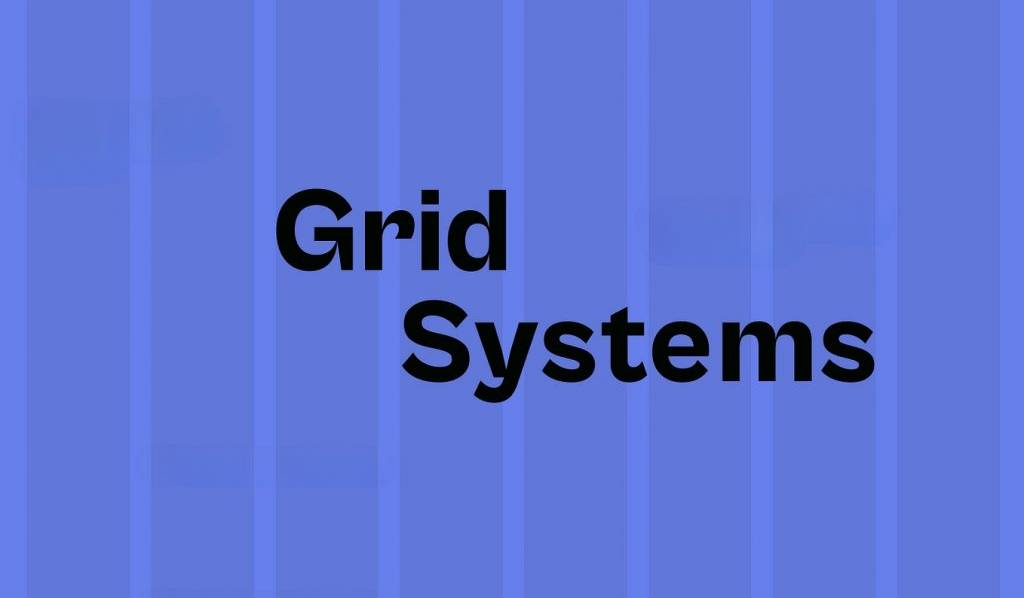Grid Systems: The Foundation of Great UI Design
By Muhammad Sharjeel | Published on Sun Apr 13 2025

Understanding Grid Systems
At its core, a grid system is a layout structure that helps you organize content across a consistent visual framework. Whether you’re designing a landing page, dashboard, or blog layout, grids ensure your UI feels organized, balanced, and intentional.
In web design, the most common form is the 12-column grid — a flexible structure that can be easily divided into halves, thirds, fourths, and more. This flexibility makes it the perfect choice for responsive design, where different screen sizes require adaptable layouts.
Why Use a Grid System?
Without a grid, layouts tend to look unstructured or visually chaotic. Grid systems solve that by offering these key benefits:
- Visual consistency: Aligning elements along a grid improves spacing, proportions, and alignment across the page.
- Responsive behavior: Grids make it easier to design interfaces that adapt to different screen sizes gracefully.
- Design scalability: When components follow a grid, you can mix and match them across pages with minimal visual disruption.
- User comprehension: Structured layouts guide the eye better and make information easier to scan and understand.
Grid System in Tailwind CSS
Tailwind CSS makes it incredibly easy to implement grid-based layouts using utility classes. Here's a basic example using the popular 12-column layout:
<div className="grid grid-cols-12 gap-4">
<div className="col-span-4">Sidebar</div>
<div className="col-span-8">Main Content</div>
</div>
This setup divides the page into 12 columns. The sidebar takes 4 columns, and the main content takes 8 — a balanced 1/3 to 2/3 ratio. Tailwind's grid utilities also allow for responsive variations:
<div className="grid grid-cols-1 md:grid-cols-12 gap-6">
<div className="md:col-span-3">Sidebar</div>
<div className="md:col-span-9">Main</div>
</div>
On smaller screens, both sections stack vertically; on larger screens, they snap into their respective grid spans.
Common Grid Use Cases
Grid systems are widely used across all types of UIs, including:
- Marketing Pages: Centered content with asymmetric feature layouts.
- Dashboards: Sidebar navigation with main content areas and widgets.
- Image Galleries: Uniform or masonry-style image grids.
- Forms: Side-by-side input fields that collapse on mobile.
Grid vs. Flexbox
While flexbox excels at one-dimensional layout (either row or column), grid is better suited for two-dimensional layouts. Use flex when you're distributing items in a single row (like buttons or nav links), and use grid when you’re managing the overall page structure.
Designing Beyond the Grid
While grids create structure, design is never one-size-fits-all. You should still experiment with breaking the grid for intentional visual contrast — such as offset images, overlapping text, or interactive animations. Just ensure that your overall rhythm isn’t compromised in the process.
Final Thoughts
If you want to build interfaces that feel cohesive and scalable, mastering grid systems is essential. You’ll not only speed up your layout process but also dramatically improve the visual clarity of your designs. Combine grid principles with a utility-first framework like Tailwind, and you’ve got a recipe for scalable, clean, and modern UIs.
Start with structure, layer in creativity, and never underestimate the power of invisible rules guiding a beautiful layout.